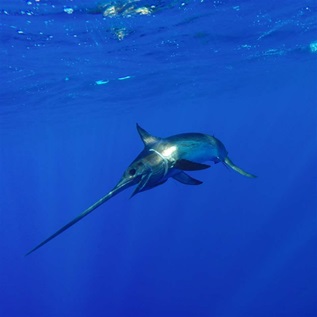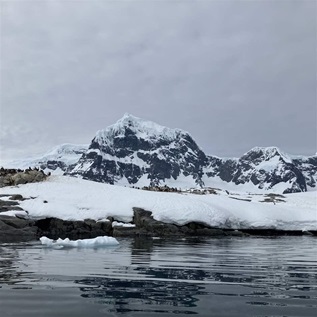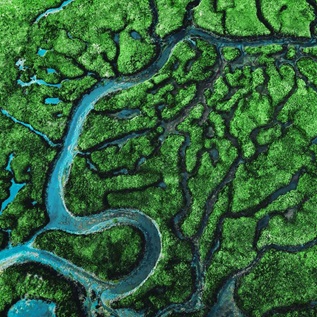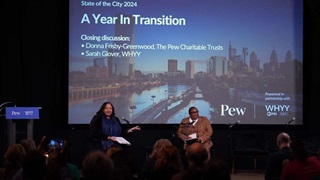Chile’s National Parks Store Twice as Much Carbon per Hectare as the Amazon
Study shows that peat bogs and mature forests are Patagonia’s main carbon reserves
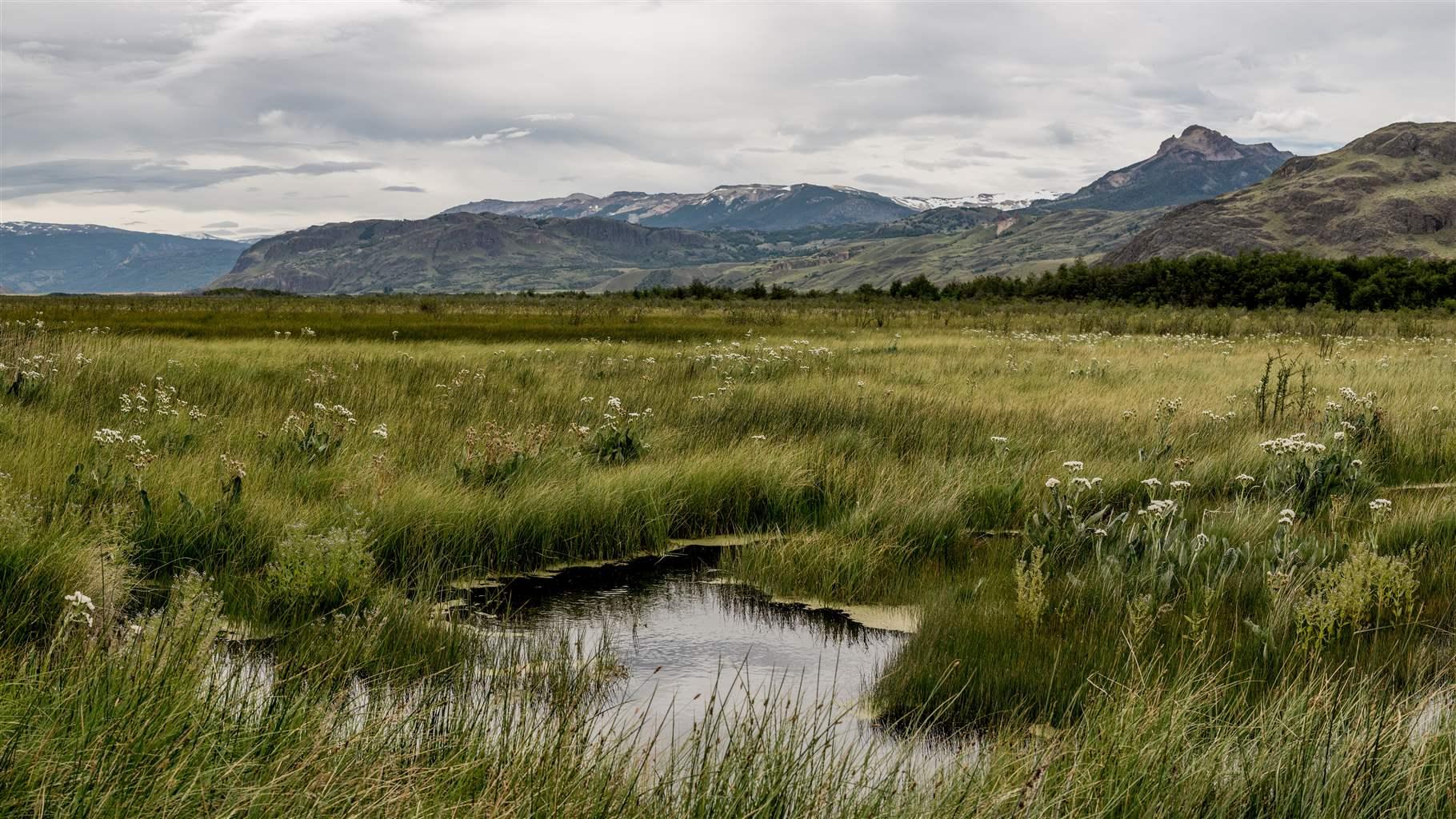
A recent study found that Chilean Patagonia’s protected areas, which cover nearly 55% of the land in the region, store almost twice as much carbon per hectare as the Amazon’s forests.
The study, published in April in the scientific journal Austral Ecology, closes a crucial information gap and should help inform climate change mitigation and adaptation strategies. It can also help officials develop more effective policies for conserving peatlands and other biodiversity refuges.
Seven researchers from the Universidad Austral de Chile, Universidad de Chile, Universidad de Aysén, and Instituto Forestal worked together to calculate how much carbon is stored in Chilean Patagonia’s terrestrial ecosystems, particularly its protected areas. And they found that these areas alone sequester 61% of Patagonia’s carbon. The region’s national parks, specifically, store an average of 508 metric tons of carbon per hectare.
“Ecosystems that have stored large amounts of carbon in their biomass and soil for thousands of years must be strongly protected—because if they’re not, any disruptions to those environments could release that carbon into the atmosphere,” said lead author Jorge Pérez Quezada, a professor of agronomic sciences at the Universidad de Chile and a researcher at the Instituto de Ecología y Biodiversidad and the Cape Horn International Center for Global Change Studies and Biocultural Conservation. “On the other hand, knowing the ecosystems and species that have the greatest potential for sequestering carbon can help people make the right decisions on ecological restoration plans.”
Pérez and his fellow researchers, with support from the Universidad Austral de Chile’s Southern Patagonia Program and The Pew Charitable Trusts, discovered that, at the ecosystem level, peatlands and mature forests form Patagonia’s main carbon reservoir. Peat bogs retain the most carbon per hectare, at 1,689 metric tons, while beaches and dunes store the least—only 9.2 metric tons per hectare. Among forests, evergreens sequester the most carbon, at 470 metric tons per hectare.
In light of this and similar research, improving funding for Chile's protected areas is crucial. Investing in optimal management of protected areas will help not only Patagonia's biodiversity and local communities but also the broader planet, which is in dire need of more carbon sinks to offset greenhouse gas emissions.
Francisco Solís Germani directs The Pew Charitable Trusts’ Chilean Patagonia project.

